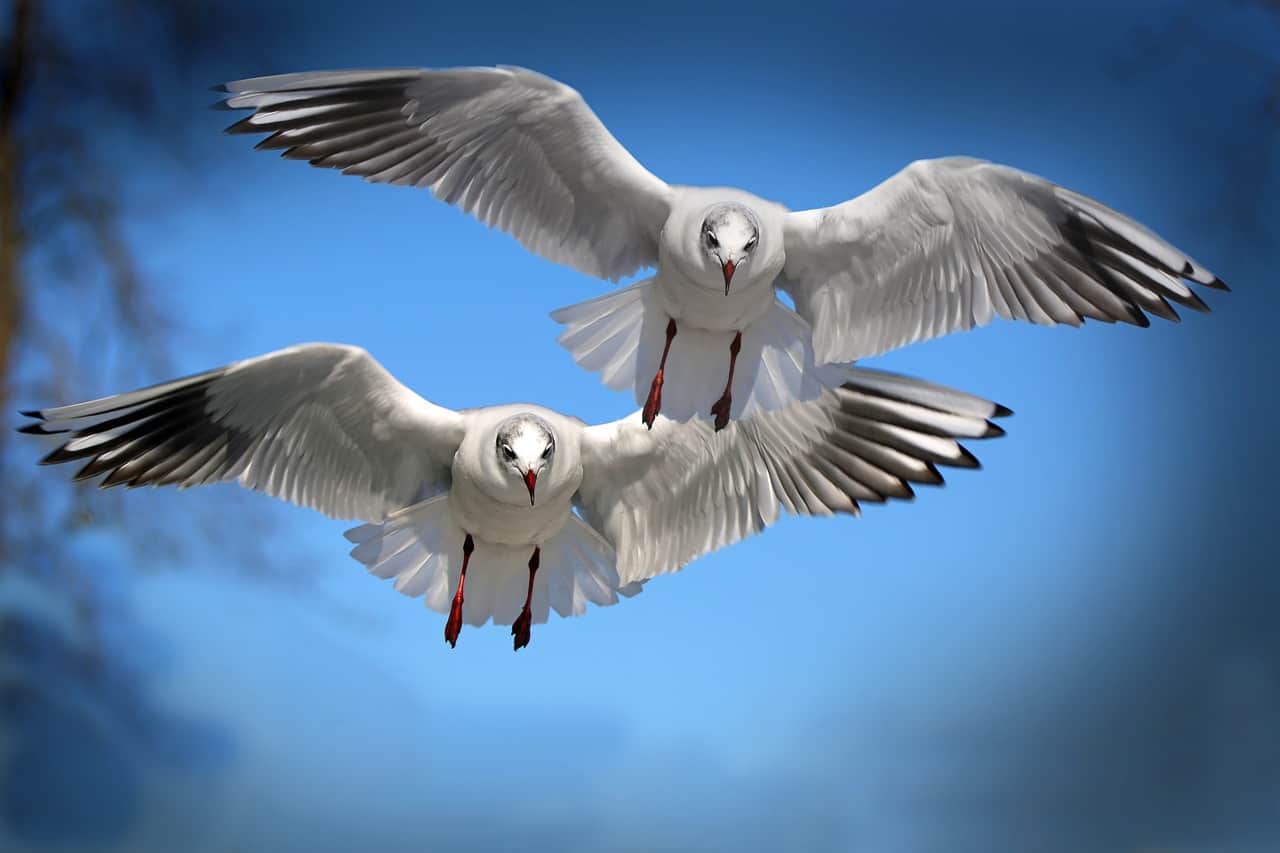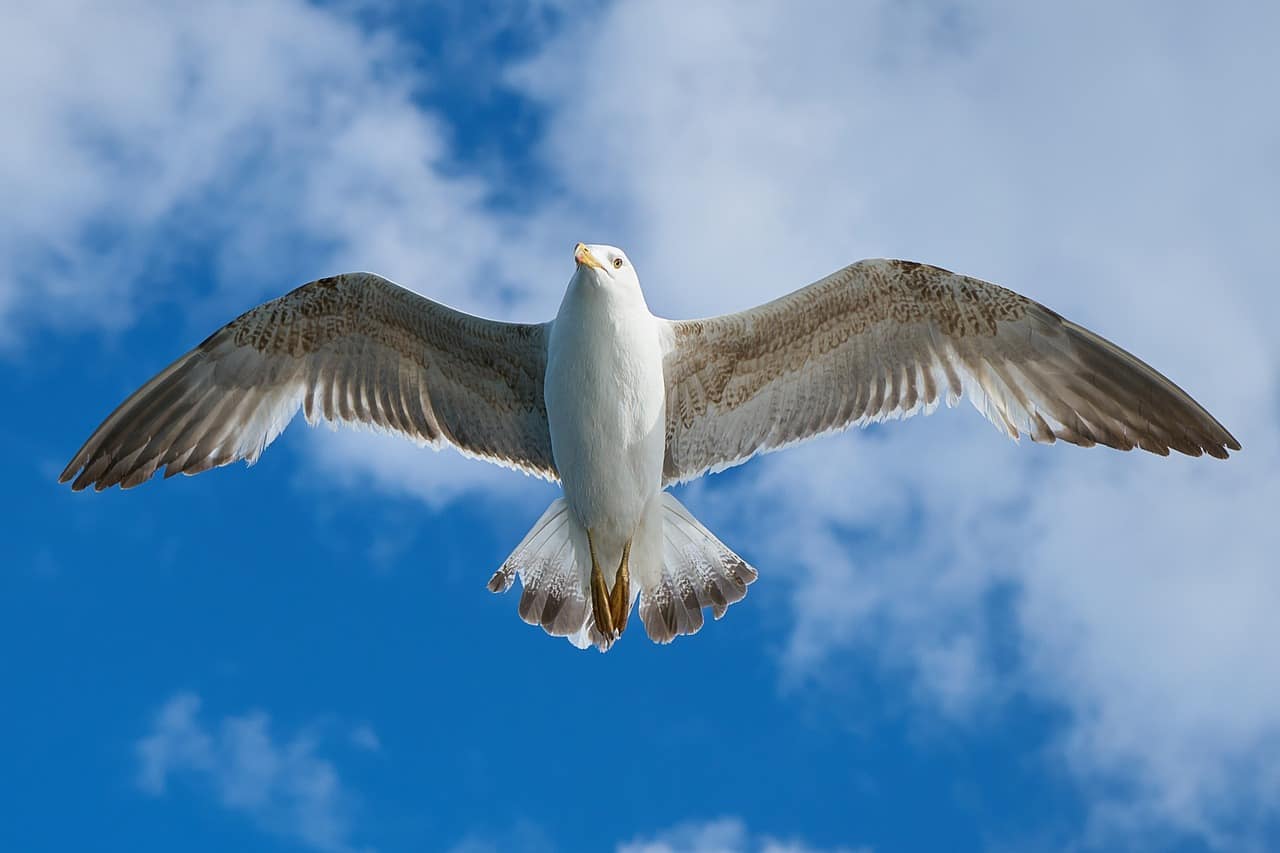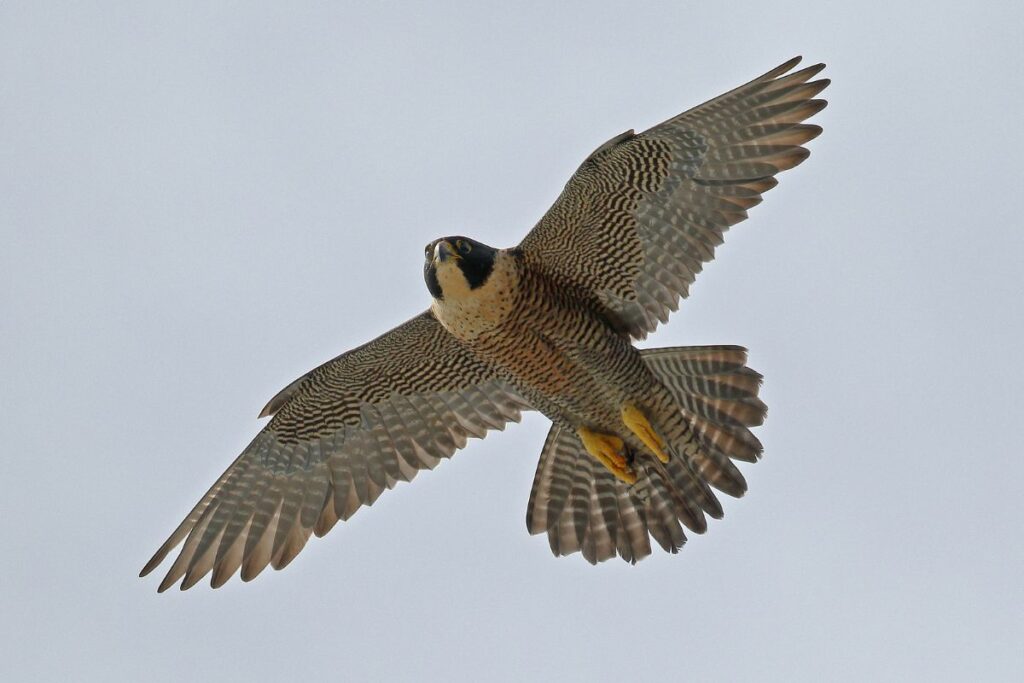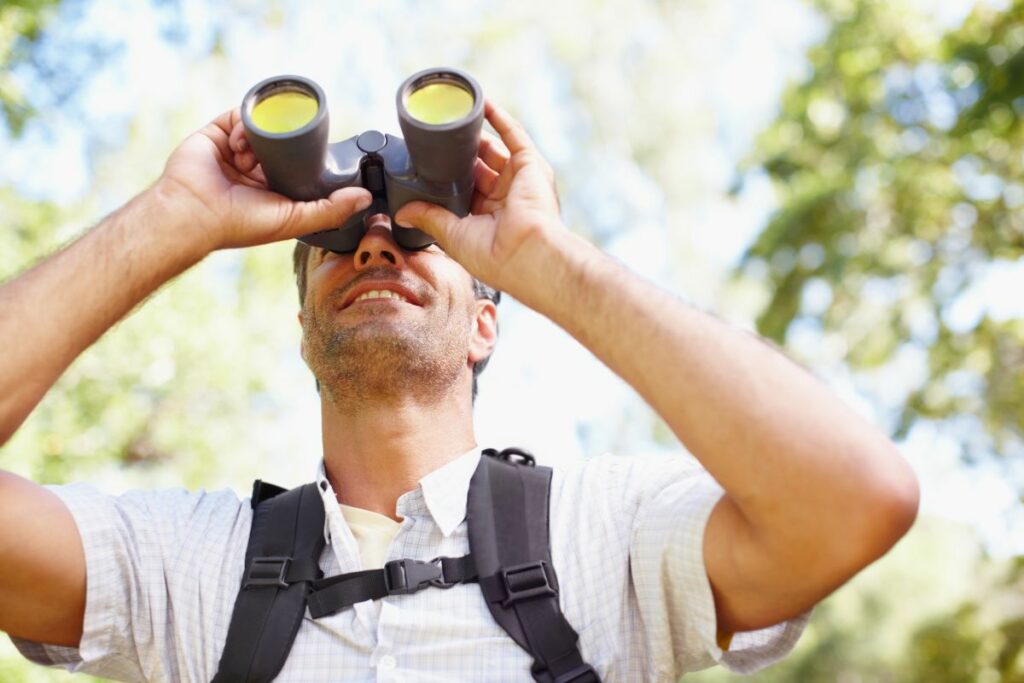As an Amazon Associate, we earn from qualifying purchases with no additional costs for you.
After earning my pilot’s license, I looked at birds with a new wonder. For instance, I realized the different types of bird wings resemble how our aircraft have different wing types.
The diversity of bird wings is exemplified by five distinct types: broad soaring wings, long soaring wings, high-speed wings, elliptical wings, and hovering wings. Each wing type is adapted to specific flying conditions and represents the adaptation of different bird species to their flight needs.
The reason is apparent when you think about it. Birds follow the same laws of physics as our planes. That fact still doesn’t cease my amazement when watching birds swoop and glide in the sky above me.
It’s easy to think we’ve figured it all out, considering we’ve been to the moon. Yet even with all our technological wonder, we still can’t fly as gracefully as a bird.
TIP: If you want to check out the best pair of binoculars for bird watching, we recommend a pair of waterproof and fog-proof 8 x 42 binoculars like the Celestron – Outland X 8×42 Binoculars (Amazon link).
Different Types of Bird Wings for Different Types of Flyers

Whether a bird or a metal aircraft, four forces act on you when flying. The first force is a lift, which holds you up.
Wind passing over your wings creates lift. The lift force has to be stronger than the force of gravity for you to fly.
Thrust propels you forward, which creates airflow over your wings, giving you lift.
Drag is created by air friction and pulls you backward, making it harder for you to fly. Drag is the feeling you get when trying to walk through water. It pulls at your legs, making it difficult to move.
The different types of bird wings provide different ways of interacting with these forces.
Think of a bird as an airplane: depending on its wing’s shape, its flight characteristics vary.
Their wing shape determines factors such as their top speed, how tiring it is for them to fly, and how much weight they can carry while flying.
Narrowing Down The Possibilities
Bird identification guide (Amazon link) different types of bird wings that are conducive to different flight styles. Therefore, if you find out what type of bird wing a bird has, you have a better chance of identifying it.
For starters, once you identify the type of bird wing you’ve spotted, you can look up what birds have that wing shape.
You can also think a bit deeper about it. For example, if the bird you spotted has wings designed for high speed, it might be a bird of prey like a falcon.
Pragmatically speaking, knowing the different types of bird wings gives you a considerable advantage when bird watching.
When looking through a bird identification guide (Amazon link), you’ll be told to look for specific patches of color on the wings. Or maybe the guide will tell you to check out the type of tail on the bird.
All those little details go out the window when you’re in the field. Sometimes, all you see is a faint silhouette of a bird as it flies past you.
If you can at least identify the wing type of the silhouette that flapped past you, you’ll have a better chance of landing the proper identification.
TIP: Bird wings are part of a greater, more complex anatomical system that gives birds their remarkable abilities. Every bird species has similarities, but some have stand-out features that make them unique in the avian world. To learn more about bird anatomy and their wings, take a look at this article. How many bird species are there in the world? Find out in this interesting article.
The Types Of Bird Wings You’ll Spot
Compared to bird calls, plumages, and tail types, there aren’t too many types of bird wings you need to memorize.
Consequently, knowing the different types of bird wings gives you a quick and easy way to narrow down the possibilities of the bird you just saw.
Broad Soaring Wings
Out of all the types of bird wings, broad soaring wings are the easiest to identify. As their name suggests, broad soaring are the wide wings you find on birds such as hawks, eagles, and vultures.
These wings produce a lot of lift and are perfect for catching rising columns of air caused by heat and mountainsides. They catch the rising air under their wings and ride them up, allowing them to stay airborne without expending energy by constantly flapping.
Broad, soaring wings let eagles and vultures save energy while scanning the ground for food. Furthermore, eagles use the massive lift created from these wings to pick up prey such as rabbits and fish.
Long Soaring Wings
Whereas broad soaring wings are like a parachute, long soaring wings act like a glider. That is to say, they create lift by wind passing over their long wings rather than relying on the air coming up from below.
These are exceptionally long and relatively sleek than the other bird wings. They slice through the air compared to the bulky, broad, soaring wings.
Therefore, you’ll usually find these wing shapes in windy areas like the beach. Seagulls and albatrosses are two of the birds with this wing type.
Long, soaring wings can go much faster than broad but have less maneuverability due to the lack of slotted wingtips.
High-Speed Wings
A third of the type of bird wings you’ll spot are high-speed wings. As the name implies, these let birds go very fast.
Ducks and swallows have these wings, but the most prominent is the peregrine falcon—these falcons hunt by dive-bombing their prey at speeds greater than 200 miles per hour.
High-speed wings are long and thin and swoop back to a point at the tips. These wings have shallow drag, so these birds can reach such high speeds.
As for its downsides, these wings are most maneuverable at high airspeeds. They don’t provide a substantial amount of lift, meaning birds with high-speed wings must flap to stay airborne.
That uses up a lot of energy, making flying tiring compared to the effortless gliding birds with soaring wings.
Elliptical Wings
Elliptical wings are a compromise between all types of bird wings. They have a modest lift, can reach decent speeds, and are highly agile.
They get their name from their wide oval shape. You’ll find these wings on birds such as sparrows, crows, and blackbirds.
Elliptical wings provide quick takeoffs and the ability to gain speed rapidly. To gain speed, though, elliptical wings require quick flapping, which uses energy.
Many ground-dwelling birds have elliptical wings because these wings let them get out of harm’s way at a moment’s notice.
Hovering Wings
The last of the types of bird wings you’ll come across are hovering wings.
You’ll find these wings on hummingbirds, although birds such as kestrels can also hover by flying against wind currents.
Hovering wings are small and shaped like an extended “v.” They’re easy to spot because they’ll beat extremely fast, and the bird will be at a 45-degree angle from the direction their wings are flapping.
Summary Of Wing Types
| Wing Type | Characteristics | Example Birds |
|---|---|---|
| Broad, soaring, wide wings | Ideal for catching air currents | Hawks, eagles |
| Long, soaring wings | Suited for gliding in windy areas | Seagulls, albatross |
| High-speed wings | Long, thin, and pointed for high-speed flying | Falcons, swallows |
| Elliptical wings | Balanced lift and speed, suited for quick take-offs | Sparrows, crows |
| Hovering wings | Small, V-shaped wings for rapid beating and hovering | Hummingbirds |
What To Do After You Find A Wing Type

Now that you can spot a bird’s wing type, where do you go from there? Well, I took a class where we literally drove along the East Coast identifying ducks and other waterfowl, so I think I can help!
You’ll first want a good set of binoculars (Amazon link) because spotting a bird’s details from afar is nearly impossible.
You’ll also want a quality bird identification book (Amazon link) because you likely don’t have every bird’s characteristics memorized.
Once you have these, you’ll want to focus on the critical parts of identifying a bird.
You see, certain parts of a bird make it easier to identify. And the type of bird wings is a great place to start.
TIP: Knowing how to spot the birds in your yard is key to enjoying visits from your winged friends as much as possible! The best sources are trusted books, I recommend using the following (Amazon links):
– National Geographic Field Guide to the Birds of North America
– National Audubon Society Birds of North America
What Birds Aren’t You Looking At?
Once you spot the type of bird wing your mystery bird has, you know it isn’t any bird without that wing type. That narrows down the possibilities substantially.
Now, you want to look for any other vital traits. Such traits might be its birdcall, its type of tail, and the shape of its beak.
With your binoculars, you can also figure out if there are any notable patches of color. When you’re narrowing down what kind of bird you’re looking at, your book will tell you about the specific color patterns certain birds have.
A large part of the process is knowing what bird you aren’t looking at. Narrowing down the options makes your bird much easier to find in your bird book.
Knowing Your Surroundings
The last bit of advice on what to do after figuring out the type of wing your mystery bird has is to check your environment. Depending on where you are, you’ll usually spot a limited selection of birds.
For example, if you’re by the coast, there’s a significant chance your mystery bird is a wetland bird. And if you’re in the forest, you should look for brush-dwelling birds in your book. It’s easy to get caught up looking at a bird rather than around it.
Now that you’re a pro at spotting bird wing shapes, I’ll leave you with this video to help you better visualize the types of bird wings. Good luck with your bird-watching pursuits, and leave a comment if you have any other tips for bird-watching!




